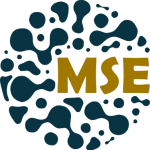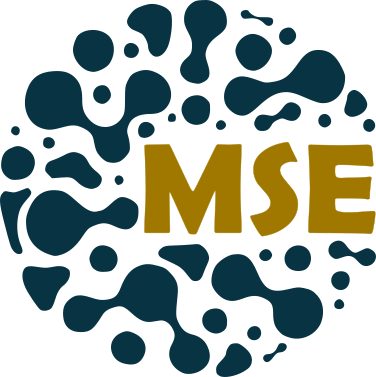Title: Electron Paramagnetic Resonance in Understanding Chemistry and Biology
Abstract
Electron Paramagnetic resonance (EPR) is a powerful technique based on unpaired electrons.1 Continuous-wave EPR (cw-EPR) is used to characterize the paramagnetic center and provide information on its environment with applications in chemistry and materials science, whereas pulsed EPR techniques expand the capabilities allowing us to probe nanometer range distances, finding applications in structural biology.1, 2 In the lecture I will focus on the use of pulsed EPR into solving structural questions, particularly on the molecular chaperone Hsp90. Hsp90 is a ubiquitous molecular chaperone responsible for maintaining the homeostasis of the cell via interaction with a plethora of client proteins implicated in cancer and neurodegeneration3. Therefore, Hsp90 has been proposed as a target for the therapy of the associated diseases by using drugs that inhibit its function4, 5. An important step for drug development is understanding the structural elements that contribute to the plasticity of Hsp90 and its ability to interact with structurally and functionally dissimilar clients. Here I will talk about the use of non-conventional spin labels based on Mn(II) and Gd(III) ions that allowed us reveal three different closed structures of the N-terminal domains of the protein,6, 7 as well as probe the conformation of the C-terminal domain of Hsp90 in vitro and in cellulo using EPR. Future plans involve the use of cw-EPR techniques to find suitable drug candidates that can inhibit Hsp90, along with their physicochemical characterization.- EPR Spectroscopy: Fundamentals and Methods, Wiley, 1988.
- G. Jeschke, Annu. Rev. Phys. Chem., 2012, 63, 419-446.
- F. H. Schopf, M. M. Biebl and J. Buchner, Nat Rev. Mol. Cell. Biol., 2017, 18, 345-360.
- E. McDonald, P. Workman and K. Jones, Curr. Top. Med. Chem., 2006, 6, 1091-1107.
- L. Neckers and P. Workman, Clin. Cancer Res., 2012, 18, 64-76.
- A. Giannoulis, A. Feintuch, Y. Barak, H. Mazal, S. Albeck, T. Unger, F. Yang, X. C. Su and D. Goldfarb, Proc. Natl. Acad. Sci. U.S.A., 2020, 117, 395-404.
- A. Giannoulis, A. Feintuch, T. Unger, S. Amir and D. Goldfarb, J. Phys. Chem. Lett., 2021, 12, 12235-12241.
For forthcoming colloquia, please visit: All Colloquia

